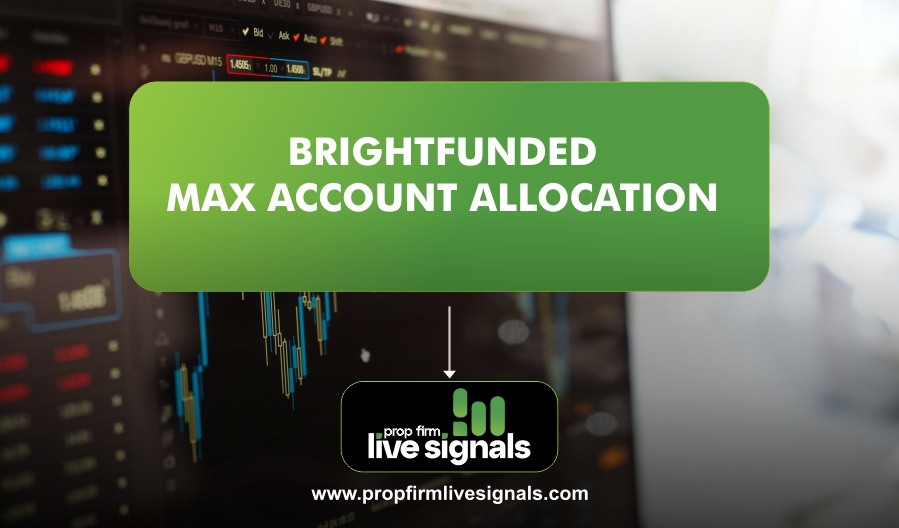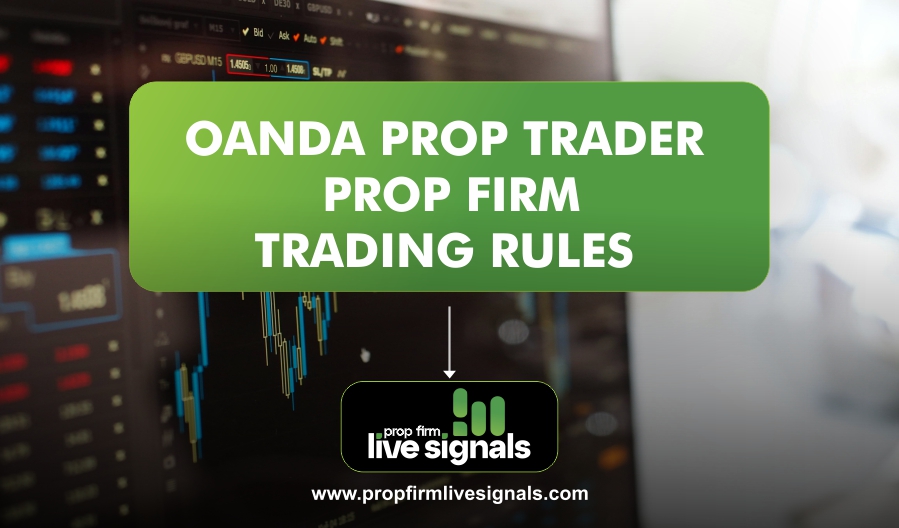Understanding Forex Signal Notifications
Forex signal notifications are messages or alerts that give the trader an order on the exact entry and exit of buying and selling a currency pair in the foreign exchange market. Such notifications are usually prepared by seasoned analysts, automated trading systems, or a provider of the signal services and are targeted to assist traders in making decisions on their investment based on their own analytic judgment of market behavior. A forex signal notification consists of the following key components:
- Currency Pair Information: Specific currency pairs in which to trade, for example, EUR/USD or GBP/JPY.
- Actionable Recommendations: Direct indications of buying, selling, or holding a currency pair.
- Entry and Exit Points: Indications about entry points, stop-loss levels, and take-profit targets will assist traders in managing their risk and expected profits.
- Timeframe: Recommended period during which the trade must be executed; it basically tells the trader how long this signal is to be considered valid.
- Stop-Loss Level: The stop-loss level is a crucial risk management tool. It indicates the price point at which a trader should close their position to limit losses. Including this information helps traders protect their capital in case the market moves against them.
- Take-Profit Target: The take-profit target is the price at which traders should close their position to secure profits. This component allows traders to set realistic profit goals and automate their exit strategies.
In general, forex signal notifications enable a trader to tap into vital market information with limited drilling into the depths of comprehensive analysis. Here are the most common types of notifications: Email Alert, Text Messages (SMS), Mobile App Notifications, Web Notifications, Social Media Alerts, In-Platform Notifications.
How to Read Forex Signal Notifications
Forex signal notifications are the key ingredients for profitable trading. Reading them correctly is about making an informed decision that can lead to their actual execution. This contains a detailed overview on how to analyze such notifications to enhance your trading strategy.
Currency Pair
Reading a forex signal notification starts by paying great attention to the mentioned currency pair in the alert. A currency pair always consists of two different kinds of currencies: the base currency, which is the first currency, and the quote currency, which is the second one. Looking at the currency pair EUR/USD, the composition would include the Euro as the base currency and the US Dollar as the quoted currency. Knowing the market dynamics and historical performance will help you understand the potential in price movements.
Identifying Entry and Exit Points
Each Forex signal notification will also specify the entry and exit points inclusive of the entry price, the stop-loss level, and the take-profit target. Entry price: This is the price at which you are going to enter the trade. Stop-loss level: This sets a maximum level of loss that you intend to bear. Take-profit target: This is the price at which you will close your trade to lock in your profit. Being clear about these points helps maximize gains and protects your capital.
Risk-Reward Ratio More Transparently
The most crucial concept in forex trading is the risk-reward ratio, important to estimate the amount that one may gain on a trade in comparison with the potential risk incurred. Obtain it from dividing potential profit by the potential loss. A good risk-reward ratio is usually higher than 1:2, which means a better reward in comparison to the risk. This ratio shall, therefore, be used for determining whether to enter the trade, depending on one’s risk tolerance.
Temporality and Urgency of the signal
There is the need to determine the timing and urgency of the forex signal notification. This may involve noting what time the signal is likely to remain valid. Some signals may be time-sensitive, needing you to act upon instantly, while some signals may not be that critical; you may have more time to act upon. Also, assess the current market conditions and news events that might influence the currency pair in evaluation since economic announcements or geopolitical occurrences can have great influences on price movements.
Frequently Asked Questions (FAQs)
What are forex signals, and how do they work?
Forex signals are ideas of trading or recommendations calculated with specific criteria that point to potential buying or selling opportunities in the currency markets. These could be provided from sources in the forms of technical analysis, fundamental analysis, or a little bit of each. These signals can be delivered through various platforms, including trading apps, email subscriptions, or SMS alerts. Once received, traders can choose to execute the trades manually or automate them using trading software.
How can I ensure the reliability of forex signals?
By choosing reputable signal providers, verifying performance metrics, and integrating your analysis with forex signals, you can enhance their reliability. Pairing these practices with effective risk management and continuous learning will lead to more informed trading decisions and improved success in the forex market.
How am I informed about Forex signals?
You can get notifications about Forex signals through online trading applications, SMS, email, and other systems designed to provide trading signals. Traders can subscribe to these services for up-to-the-minute signals about their market.
Are all the notifications of Forex signals trusted?
Not all Forex signal notifications are reliable. It is necessary to investigate the credibility of the signal provider and combine them with your own analysis. Check out reviews and performance track records so you can determine whether their performance will allow you to trust them.
How do I apply Forex signals in my trading strategy?
Forex trading signals could form a part of your trading strategy by giving you buy and sell direction. However, to implement correctly, one must balance signals with risk management rules and a personal trading style.
What is done if a Forex signal performs poorly?
If a Forex signal does not work out as planned, this is not a time to panic but to reflect on the situation. Check market conditions, your points of entry and exit, and the logical foundation for the signal. Learn from this experience to improve your next trade.
Which is better: automated Forex signals or manual ones?
The effectiveness of automatic versus manual Forex signals depends on the trader’s preference and experience: automatic signals provide speed, while manual signals allow for informed decision-making based on market analysis. Combining both also works wonders.




